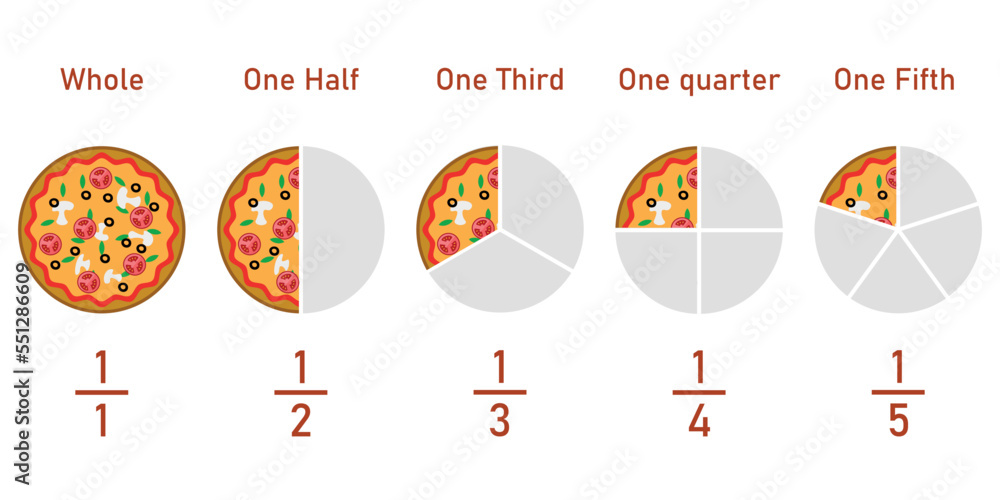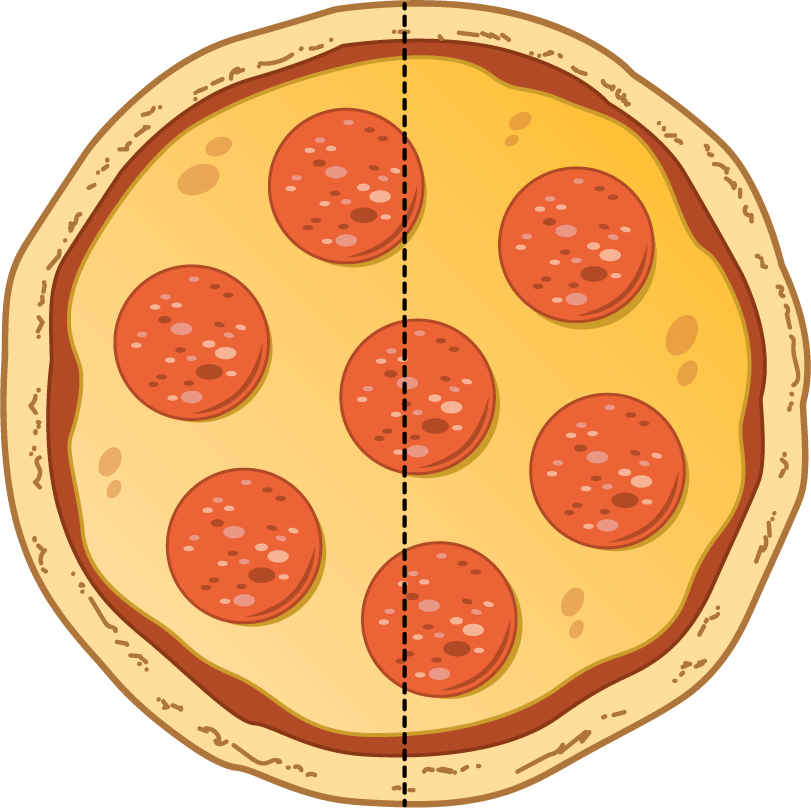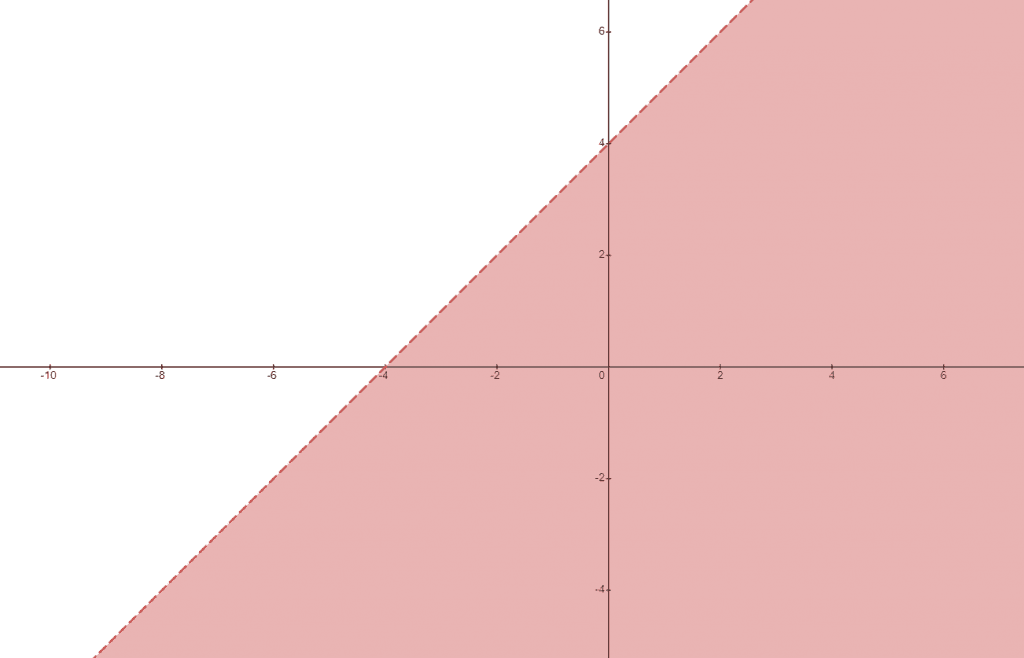Half Shark Half Human - Exploring A Peculiar Idea
Imagine, if you will, a creature that is, in a way, split right down the middle, combining two vastly different forms into one singular being. We often think of things as whole, complete in themselves, yet there's a powerful draw to the idea of something being only a portion of what it could be, or perhaps, a blend of two distinct parts. This concept of "half" truly opens up a lot of curious possibilities, especially when we start thinking about what happens when you combine, say, a creature of the deep ocean with a person.
It's a bit like taking one piece from here and another from there, joining them up to make something entirely new, you know? The idea of a part that is more or less equal to another part, or nearly equal to what's left over, is a pretty common way we understand things. Whether it's sharing a snack, or splitting time between two places, this notion of dividing something into pieces, often two equal ones, is something we do all the time. It gives us a way to make sense of portions, to be honest.
So, when we talk about something like a "half shark half human," it immediately sparks a certain kind of wonder, doesn't it? It’s a thought that really stretches our usual ideas about what living things are supposed to look like. It makes us think about where the boundaries lie between different kinds of life, and what might happen if those boundaries were to get, well, a little blurry. This idea, you see, has popped up in many places, stirring up our imaginations about creatures that swim and walk, or perhaps do a bit of both.
- Who Is Dating William Levy
- Lebron Tattos
- One Tree Hill Event Wilmington Nc
- Olivia Rodrigo Met
- Nicole Richie And Brody Jenner
Table of Contents
- What Does "Half" Truly Mean Anyway?
- The Mystery of the Half Shark Half Human - What Are We Talking About?
- Where Do These Creatures Come From - Are They Real?
- How Do Stories Shape Our Ideas of Half Shark Half Human?
- Beyond the Half Shark Half Human - What Other Hybrid Beings Exist?
- Why Do We Imagine Half Shark Half Human Creatures - What's the Appeal?
- Bringing It All Together - The Half Shark Half Human Idea
What Does "Half" Truly Mean Anyway?
When we say "half," we're essentially talking about one of two pieces that make up something whole, or a part that's pretty much the same size as the other part, you know? It's like when you split an apple so two people can each have a piece. That's a good way to think about it. It could be a part that's nearly equal to what's left, or just one of two portions that together form the entire thing. This basic idea of division is pretty central to how we measure and share things in our daily routines.
For example, if you're thinking about a standard amount, like a pint of something, "half" would be just that, half of it. Someone might ask for "just a half, thank you" if they don't want a full pint, or someone might offer to "do you want a half in that" to top up a glass. It's a really common way to talk about amounts, and it shows how often we break things down into smaller, manageable portions. This concept is, honestly, quite simple but very useful for many different situations.
The big difference between "halve" and "half," for instance, is how they work in a sentence. "Half" is usually a noun or an adjective, referring to a part, while "halve" is a verb, meaning to divide something into two equal pieces. So, you might say, "you should halve the apple so we can both" enjoy it. It's about taking a whole and making two parts. When something is divided into two equal sections, "half" is one of those two parts, like when you split a brownie to share with a friend, or spend half your year in one place, and the other half somewhere else. It's all about division and equal portions, basically.
- Nikki Mudarris Husband
- Ncis Origins Return Date
- Ill Stand By You Carrie Underwood
- Chris Brown Miami
- Gabby Windley
The Mystery of the Half Shark Half Human - What Are We Talking About?
So, what exactly do people mean when they talk about a "half shark half human" creature? It’s a fascinating thought, isn't it? It conjures up images of something not quite from our usual world. There’s a certain kind of fisherman, for example, who might say something like, "I have gone around fishing, even almost crossing to Australia, but I have never found a shark looking like this!" This suggests a creature that defies normal expectations, something truly out of the ordinary. It’s a concept that really sparks the imagination, as a matter of fact.
This idea of a shark that isn't just a shark, but also has human qualities, has been around for a while, it seems. The thought of giving a shark things like legs, arms, and even a human brain, is how some people picture these beings. This is how you might end up with what some call a "shark man." It’s a blending of forms that feels, in a way, both familiar and completely strange. This kind of combination is pretty compelling, and it makes you wonder about the possibilities, honestly.
Exploring the intriguing idea of these "half shark half human" creatures means looking at their fascinating characteristics, whether they are just stories or something more. It's about going into the deep parts of our minds, where we discover these kinds of mythical beings. The thought of something so powerful and ancient from the ocean, combined with the traits of a person, is a very captivating concept. It was, you could say, only a matter of time before such an idea took hold in our collective imagination.
Where Do These Creatures Come From - Are They Real?
The origins of a "half shark half human" creature often come from old stories and legends, as a matter of fact. For instance, there's a creature called the Samebito, which means "shark man" in Japanese. This being appears in an old story by Lafcadio Hearn, called "The Gratitude of the Samebito." So, you see, the idea of a person-like shark isn't just a new thing; it has roots in older tales. These stories often give these creatures unique traits and backstories, making them feel almost real within their own worlds.
Sometimes, the idea of a "half shark half human" comes from science fiction or horror stories, too. You might have a story where a scientist tries to save his son from a serious illness, like cancer, but his experiments somehow change the son into something else entirely. This kind of plot often involves a blending of human and animal traits, leading to a creature that is, in a way, a tragic figure. It’s a common theme where good intentions lead to unexpected and, sometimes, terrifying outcomes, basically.
These creatures are, for the most part, figments of our imagination, appearing in books, films, and art. They aren't typically found swimming in our oceans or walking among us. However, the consistent appearance of these hybrid beings in different cultures and stories suggests a deep human fascination with the idea of combining different forms. It makes us think about boundaries and what might exist beyond what we currently know, which is pretty interesting.
How Do Stories Shape Our Ideas of Half Shark Half Human?
Stories and popular culture really play a big part in shaping what we think of when we hear "half shark half human." Take, for example, a scene from a movie where someone like Ian Ziering is cutting a flying shark in half with a chainsaw. That’s a very specific and wild image, isn't it? It shows how these creatures can be used in over-the-top, action-packed ways, becoming symbols of chaos or unusual threats. These kinds of portrayals certainly stick in people's minds, making the concept more vivid, in a way.
Beyond just movies, the idea of a "half shark half human" also shows up in art. You can find and save ideas about "shark girl" on platforms like Pinterest, for instance. This means artists are drawing, painting, and creating images of these creatures, giving them different looks and personalities. Some might be fierce, others might be graceful, or even a little bit mysterious. This artistic expression really brings the concept to life in many varied ways, allowing for all sorts of interpretations, you know?
These artistic creations and fictional narratives help us explore the possibilities of such beings without having to worry about them being real. They let us think about what it would be like if a creature with the power of a shark also had human intelligence or emotions. It's a way for us to play with the idea of what’s possible, even if it's just in our minds or on a screen. These stories, you see, are pretty important for keeping these unique ideas alive and well in our collective thoughts.
Beyond the Half Shark Half Human - What Other Hybrid Beings Exist?
The "half shark half human" isn't the only kind of hybrid creature we imagine, not by a long shot. There are many other examples of beings that combine human traits with those of animals. Think about Ursula, for instance, from a well-known animated story. Her form is that of a cecaelia, which is a creature that is half human and half octopus. This shows a different kind of combination, swapping out the shark for an octopus, but keeping that human element. It's a similar concept, just with a different animal partner, basically.
The idea of mermaids and mermen is another classic example, isn't it? These creatures are, of course, half human and half fish. They've been part of stories and legends for a very long time, appearing in various cultures around the world. Philip Hayward, for example, wrote about "becoming Ariel, becoming Ursula" in a book from 2017 called "Making a Splash," which looks at mermaids in the 20th century. This shows how these half-human, half-animal figures are a consistent part of our storytelling, reflecting our fascination with beings that bridge different worlds.
These other hybrid beings, whether they are part octopus, part fish, or something else entirely, reinforce the broader human interest in combining different life forms. It’s a way for us to explore themes of identity, belonging, and what it means to be different. Each of these "half" creatures, in a way, tells us something about our own creativity and our desire to imagine things that are outside the usual. They are, essentially, reflections of our boundless imagination, which is pretty cool.
Why Do We Imagine Half Shark Half Human Creatures - What's the Appeal?
So, why do we keep coming back to the idea of a "half shark half human" creature, or any hybrid for that matter? There's a deep appeal, you know, in something that combines the familiar with the unknown. A shark is a powerful, ancient creature of the ocean, often seen as a symbol of raw, untamed nature. A human, on the other hand, represents intelligence, emotion, and complex thought. Putting these two together creates a being that is both terrifying and, in some ways, quite intriguing. It's a combination that truly captures our attention.
It might also be that these creatures allow us to explore our fears and our hopes. The idea of a "shark man" could represent the wildness within us, or the potential for humanity to become something monstrous if left unchecked. At the same time, it could symbolize a bridge between two worlds, showing a possibility for adaptation or a unique kind of strength. These stories, you see, let us think about big questions in a really tangible way, which is pretty powerful.
Ultimately, the appeal might just come down to pure imagination. We like to think about what's possible, even if it seems impossible. The concept of a "half shark half human" pushes the boundaries of what we consider natural, inviting us to dream up new forms and new stories. It’s a way to play with the rules of biology and create something that exists only in our minds, or on a page, or on a screen. And that, honestly, is a very human thing to do.
Bringing It All Together - The Half Shark Half Human Idea
Bringing together all these thoughts about the "half shark half human" concept, we can see it’s a truly rich idea that has many facets. From the very basic meaning of "half" as a portion, to the specific legends of creatures like the Samebito, and then to the wild scenarios in popular culture, this hybrid being sparks a lot of interest. It shows up in stories where scientists might create such things, or in art that explores the very look of a "shark girl."
The idea also fits into a larger pattern of human fascination with creatures that blend different forms, much like Ursula, who is part human and part octopus. These kinds of beings let us think about the edges of what we know, and they give us a way to express our fears, our dreams, and our endless curiosity about the world, and what might exist beyond it. It’s a concept that really makes you think about the possibilities, you know?
So, whether it's a terrifying monster from a movie, a mythical figure from an old tale, or just an interesting piece of art, the "half shark half human" creature is a powerful symbol. It stands for the blending of worlds, the unexpected, and the incredible reach of human imagination. It’s a testament to how we can take two separate ideas and combine them to create something completely new and, in many ways, quite unforgettable.
This exploration of the "half shark half human" idea has covered how we define "half," the mysterious nature of these creatures, their origins in folklore and fiction, their portrayal in popular stories and art, and how they fit into the broader category of hybrid beings. We've also touched on why these concepts hold such a strong appeal for us, stirring our imaginations and making us consider the boundaries of what's possible.
- Kim Kardashian Lamborghini
- Olivia Hussey Christopher Jones
- Ida Lungren
- Dq Valentines Day Cake
- Olive Osmond Cause Of Death

Fraction pizzas. Fraction for kids. Pizza slices. Fraction fun with

OUR K–5 Math | Grade 2 Unit 6 Section B Lesson 9 - Student Edition

Halfplane: Definition, Detailed Examples, and Meaning - The Story of